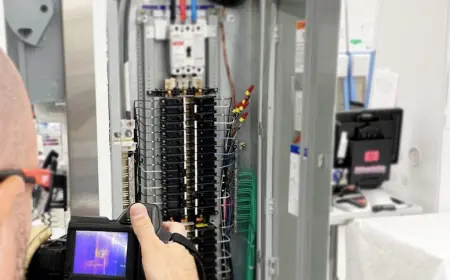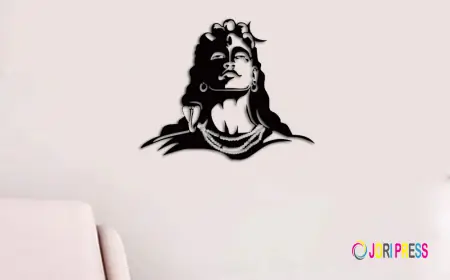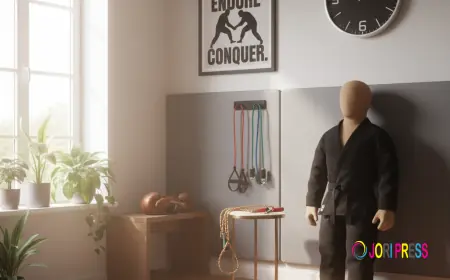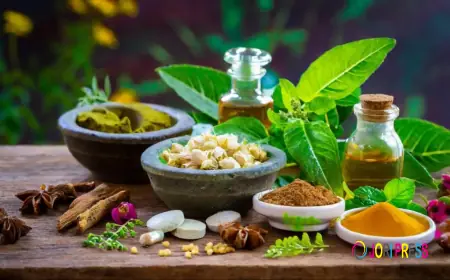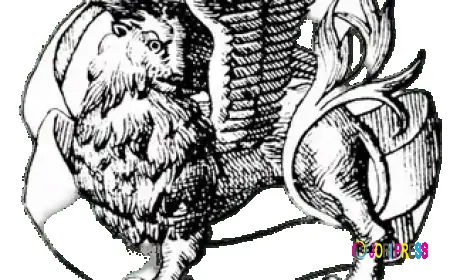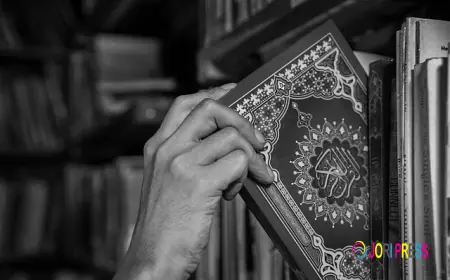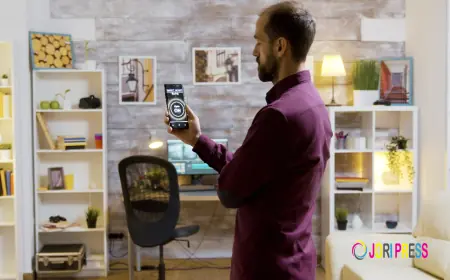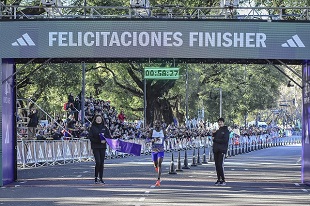I Want To Go Home: A missive of homesickness and nolstagia


The artist Nebay Abraha works with visual metaphors like gloomy eyes, spider and newspaper cuttings to express his longing to return home.
ART | DOMINIC MUWANGUZI | Gloomy eyes greet you as you make your entry into the exhibition space at Umoja Art gallery. They communicate a feeling of sadness that the realistic human figures on canvas are going through albeit the highly textured backdrops that surrounds them and the different gestural expressions they display. This powerful figurative representation is intriguing to the viewer’s mind. What is the message behind these obviously poignant paintings? With least effort, one will guess they’re telling a personal story of isolation, loneliness and anxiety. The title: I Want to go Home, will swiftly provide a hint to this message of attachment and detachment that the self- taught artist, Nebay Abraha, is communicating in these thirteen paintings he’s showcasing in a debut solo show at the gallery. Abraha is an Eritrean immigrant in Uganda, who like many of his counterparts often grapples with the dilemma of finding a new home in a country they’re resettled in. In this, through his immensely thoughtful creative process where he works with recurring motifs like gloomy eyes and the spider, he expressively conveys the silent struggles of several immigrant communities in a foreign land.
The figures dressed in spider attire evoke a sense of displacement and abandonment. A spider often thrives in spaces that have been abandoned by humans and in doing so, assumes the identity of seclusion and loneliness. Like the spider, Abraha and his fellow immigrants feel lonely and secluded and want to go home in spite living in a large community of refugees with shared trials and tribulations. Similarly, the repeated use of newspaper cuttings as collage in his paintings, metaphorically represent emotions of distraught and anguish. The impatience to this solitary life is effectively communicated by the strips of Eritrean news paper materials that immediately evoke that sense of disconnect from home. Nonetheless, this news print material skillfully juxtaposed with the paint on canvas creates a rich texture for the drawings that the viewer is gripped by their visual appearance. It through this form of interaction and engagement that the artist constructs deep conversations on the subject of being homeless; sometimes a feeling we all experience in our lives regardless of race, age and social status.
But within the context of this poignant narrative, the artist provides an atmosphere of positivity. His choice of dark bodies seemingly suggests the artist’s acceptance of the new environment he lives in. Though the figures carry gloomy eyes, the dark pigment of their bodies is a figurative representation to the warm reception they find in their new home that affords them the opportunity to start a fresh life. This resilience is reflected in how the artist is able to pick up himself from this desolate experience and begin to create art in order to make a living for himself. Equally, hundreds of his counterparts have already started to rebuild their life in Uganda and other places they occupy without being restricted by the trauma of homesickness. In several suburbs of Kampala like Kansanga, Kabalagala and Bunga, one encounters this community of immigrants running different types of businesses which is a gesture to a new start of life. Likewise, their entrepreneurship skills are positively contributing to the development and growth of the respective communities they inhabit.
I Want to go Home, is an intimate recollection of the artist’s long journey of being an immigrant and through this body of work , he’s able to express his frustration, anguish, anxiety but also hope underlined by that feeling of resilience we experience through his highly textured paintings. Therefore, this exhibition transcends the theme of homesickness but prompts us to think deeply about the concept of home. Here, home ceases to be that physical space we live in but is presented to us as a symbol of our identity, and also a sanctuary to the psychological and emotional attachment we all crave in life.
*****
The Solo show is open now at Umoja Art gallery located on plot 1800, Bukoto Moyo Close, Mukalazi Road Behind Princess Kevina, Kampala




